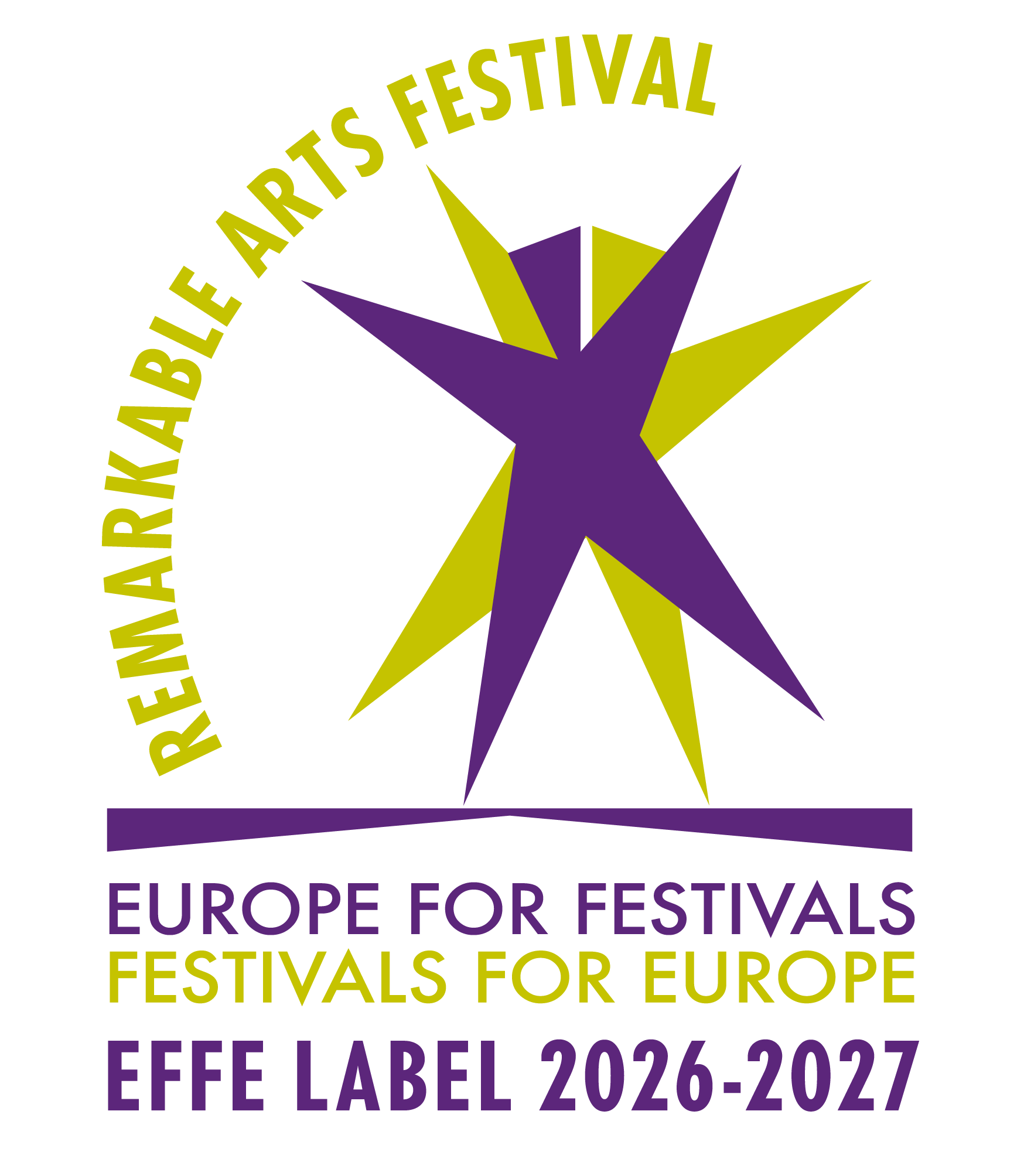Margherita Landi | Agnese Lanza
EMBODYING ABSENCE
September 17, 2023 20:00
Manifattura Tabacchi B11 Firenze | IT
within Mappe del Nuovo Mondo
Embodying Absence is the last phase of approaching the theme of absence. After Dealing with Absence (absence as distance) and Touching Absence (absence as relationship), this last step represents a process of research and acceptance of absence as an inner state.
The project aims to work on real-time learning of a short movement score from a Virtual Reality viewer and then practice staying in the memory lapses of what has been learned.
The choreographic contents are scenes that evoke something we all know well: the free and imaginative movement, the game of children when around 4-5 years old they have not yet been influenced by prejudices or expectations.
For a dancer the most difficult part of accepting the memory lapse is the judgment that comes from it because in this profession it is required not to forget any movement.
The intent of Embodying Absence is therefore to bring the dancer back to the physical memories that precede the construction of these expectations to rediscover the beauty of being with simplicity in any dimension, even in that of void.
The Virtual Reality (VR) viewerthus becomes a present/absent object as the main experiential tool, a mask through which learning in real time and which teleports the performer to a childhood place, made up of play and free movement, from which to steal gestures and sequences. In this way, while starting from the same video material, everyone builds a different score of movement.
The process therefore consists of an “inside”, invisible to the spectator but perceptible through the movements of the dancer, and an “outside”, the performance that is generated.
Margherita Landi, choreographer, dancer and anthropologist, since 2014 has been involved in research on the body and new technologies and how this relationship transforms some of the most common human rituals. Over time she has explored Augmented Reality (AR), Virtual Reality (VR), Projection mapping and different social media. In the last two years she has focused on VR for the embodiment potential that this technology offers, studying choreographic transmission techniques through the VR viewer. In 2020 her choreographic project X-Dealing with Absence was selected by the Biennale College Cinema VR. In 2022 her project No avatars was selected in Amsterdam at the VRLab of Cinedans and at the Creator ‘s Lab of VRDays and was presented at the Immersive Tech Week 2022 in Rotterdam.
Her work aims at reflecting on the conscious use of technology as an experiential and creative tool, eliminating the human/artificial dichotomy that tends to attribute a negative value to the technological tool and interpreting it instead as a possible extension of the body itself.
Agnese Lanza, dancer and choreographer, has worked with various choreographers and companies including Rosemary Lee, Tino Sehgal, Robert Clark, Anton Mirto, Maciej Kuzminsky, Sioned Huws, Virgilio Sieni, Company Blu in Italy, UK and Japan. In London she worked as a rehearsal director for young companies such as Dance United Company, Trinity Laban Youth Company and Step into Dance Company as well as teaching children’s dance at Trinity Laban. As a choreographer she created Inter Pares Project (2013-2017), In/ti/mo (2018), Tactum (2019-21), Tu Torial (2020), La Reverie (2021) and commissioned works in collaboration with other dancers. Since 2017 she has been working as an artistic assistant of Virgilio Sieni and as a dance teacher for children and adults in different contexts.
concept and choreography: Margherita Landi and Agnese Lanza
artistic direction, video and Virtual Reality artist, creative technologist: Margherita Landi
stage, light and sound design: Massimo Bevilacqua
VR production: Gold
production: Fabbrica Europa, Compagnia Simona Bucci / Degli Istanti
with the support of Città Metropolitana di Firenze, as part of the Dance4Gardens project
Mappe del Nuovo Mondo (Maps of the New World) is a platform focusing on the new performing arts scene which shows creative processes and outcomes of young artists and international protagonists who work with body languages, music, sound, new technologies and interaction with the public, experimenting new practices and site-specific formats.



